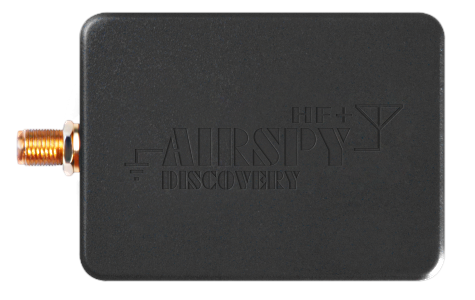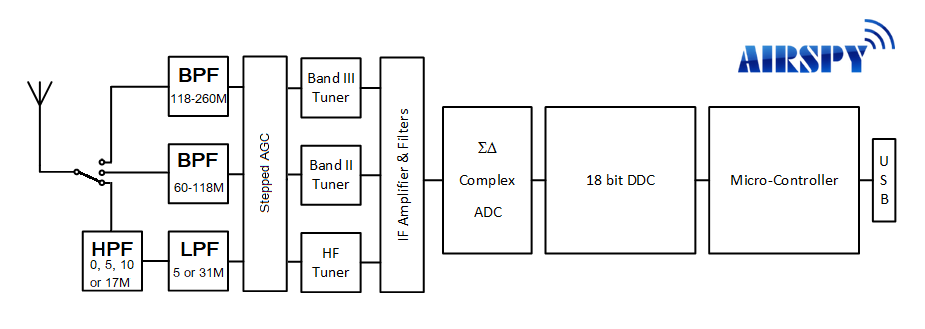As
it always seems to be the case, recent world events continue to draw many radio
listeners into their radio shacks to tune in on the action using their
shortwave radios. software defined radios, and programmable VHF/UHF scanners.
In many cases monitoring the HF/VHF/UHF radio spectrum offers the radio
hobbyist an opportunity to hear what is really going on behind the scenes
without the filters imposed by news media outlets.
Most
radio listeners quickly learn that when the world has a crisis, disaster or tensions
rise between countries, the military will usually be the first organization
called upon to intervene. It pays to monitor military frequencies when
international events heat up. Monitoring the military can offer some of the
most productive and rewarding listening you will ever experience using your
radio. The good news is you do not have to live close to a military
installation to hear these communications. But you do need to learn where and
when to tune in military communications.
Mention
the words "Monitor the Military" and most radio hobbyists will
immediately think of military air shows, military aircraft flybys or a whole a host of other activities that can be heard via radio frequencies. There is a
big radio frequency spectrum out there to monitor if you know where to listen,
you can eavesdrop on some of the most fascinating radio communications you will
hear on a scanner or shortwave radio.
Larry
Van Horn N5FPW, has been a radio hobbyist for more than 55 years listening to
world events and monitoring military radio communications. He has spent over 33
years documenting activity in the military radio spectrum in his monthly
Satellite, Utility World, and Milcom (Military Communications) columns in the
pages of Monitoring Times, Satellite Times, and The Spectrum Monitor magazines. During
this time, he has published a treasure trove of military communication
monitoring information.
All
his early MT columns have been
published into two eBooks by his company Teak Publishing. The first two books
in the Milcom Files series cover his
columns published in Monitoring Times
and have previously been published at Amazon. Book one of The Milcom Files covers the columns published from 1998 to 2006 and
sells for US$5.99 at https://www.amazon.com/gp/product/B077NN7RQ5. Book Two covers
the period 2007 to 2013 and sells for US$6.99 at https://www.amazon.com/gp/product/B077NQXH3C.
Teak Publishing is
pleased to announce the release of their latest Kindle eBook -- The Milcom Files – The Spectrum Monitor edition by this
Amazon bestselling author.
In
2017 Larry joined the Spectrum Monitor
writing staff as he continues to chronicle military monitoring in his new
monthly TSM Milcom column. Now for
the first time, he is publishing all his monthly TSM Milcom columns at Amazon.
This
eBook incorporates the first two years of his TSM Milcom columns written from September 2017 to the end of 2018.
These columns have documented HF military frequencies (both foreign and US),
and VHF/UHF spectrum military frequencies, mostly for U.S. based monitors. This
third book in the series has more than 53,400 plus words, and over 200 pages of
frequencies, call signs, monitoring tips, and how-to style articles.
Information
includes military satellite frequencies, U.S. FAA Air Route Traffic Control
Center frequencies, military base profiles, foreign military HF frequencies,
airshow frequencies and flight demonstration teams, radio listening equipment,
and antennas, and a lot more.
As
an extra bonus to buyers of this new edition, they will get his exclusive 2019 TSM Air Show Monitoring Guide
published in the March 2019 edition of Spectrum
Monitor as part of this new eBook.
This
The Milcom Files - TSM Milcom edition eBook is available now on Amazon at https://www.amazon.com/dp/B07RN1ZGLJ/ for US$4.99.
If
you are interested in monitoring military communications and own a scanner,
shortwave radio, or have an Internet connection for web software defined radio
(SDR) monitoring, the Milcom Files TSM
2017-2018 is a must reference on your radio shack shelf.
This book is being released internationally. Amazon customers in the
United Kingdom, Germany, France Spain, Italy, Japan, India, Canada, Brazil,
Mexico and Australia can order the eBook from Amazon websites directly servicing
these countries. All other countries can use the regular Amazon.com website.
You do not need to own a Kindle reader to read Amazon eBook
publications. You can read any Kindle book with Amazon’s free reading apps.
There are free Kindle reading apps for the Kindle Cloud Reader, Smartphones
(iPhone, iTouch, Android, Windows Phone and Blackberry); computer platforms
(Windows XP, Vista, 7 and 8 and Mac); Tablets (iPad, Android and Windows 8),
and, of course, all the Kindle family of readers including the Kindle Fire
series. A Kindle eBook allows you to buy your book once and read it anywhere.
You can find additional details on these apps at this link on the Amazon
website at www.amazon.com/gp/feature.html?ie=UTF8&docId=1000493771.
For additional information on this and other Teak Publishing radio
hobby books monitor the company sponsored Internet blogs – The Military Monitoring Post (http://mt-milcom.blogspot.com/), The Btown
Monitor Post (http://monitor-post.blogspot.com/) and The
Shortwave Central (http://mt-shortwave.blogspot.com/) for the availability of additional eBooks that
are currently in production.
Information on other publications by the author is available on the
author’s page at Amazon http://www.amazon.com/-/e/B00G1QMO4C.





